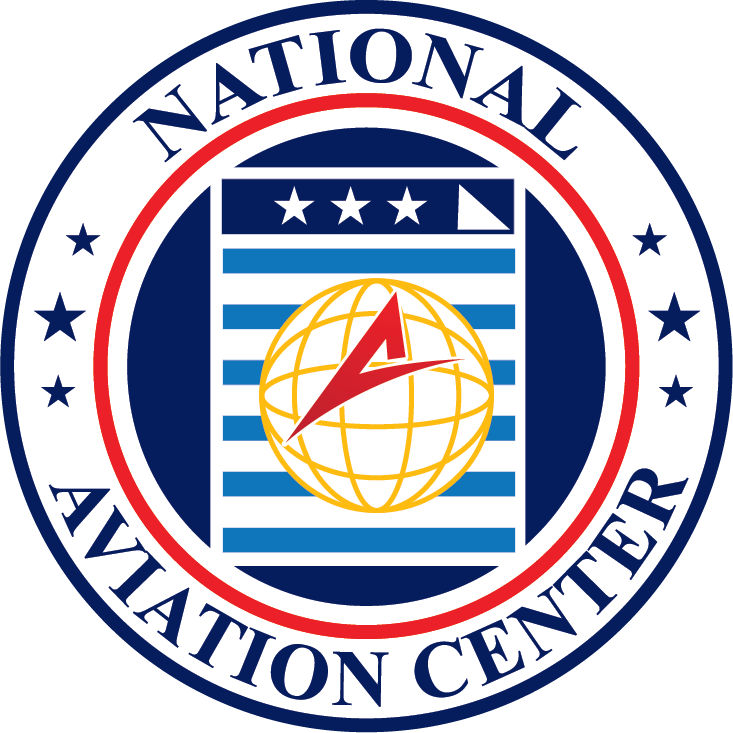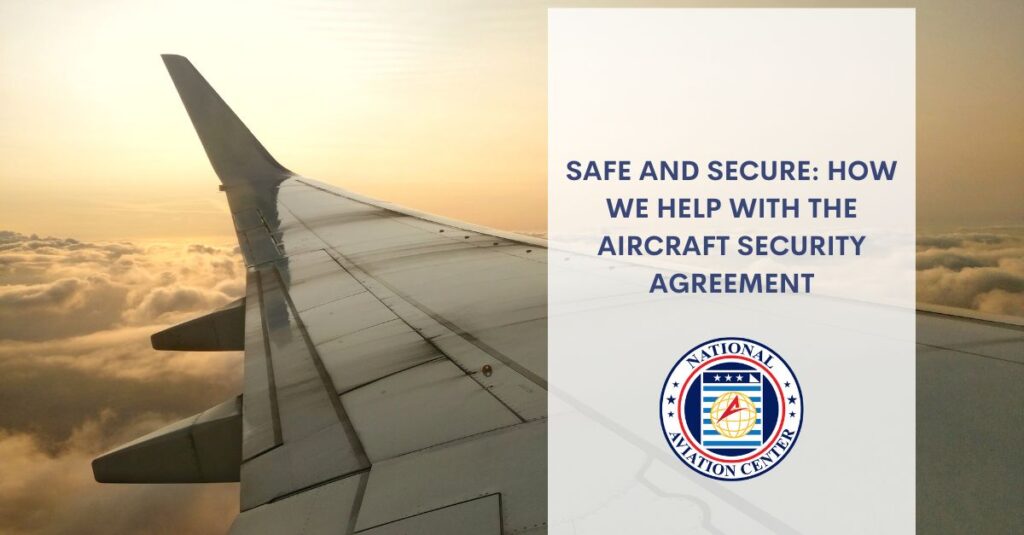Securing financing for an aircraft involves a significant amount of paperwork, and one of the most critical documents in this process is the aircraft security agreement. This legally binding contract is essential for protecting the interests of the lender. It formally grants the lender a security interest in the aircraft, which serves as collateral for the loan.

Essentially, it’s the document that allows a lender to repossess the aircraft if the borrower defaults on their payments. At the National Aviation Center, we specialize in helping owners, buyers, and lenders navigate the complexities of this and other FAA documentation. Our goal is to make the process as smooth and straightforward as possible.
The Aircraft Security Agreement Defined
An aircraft security agreement is more than just a formality; it’s a cornerstone of aviation financing. When you purchase an aircraft with a loan, the lender needs a way to protect their investment. This agreement provides that protection. By signing it, you, the borrower, acknowledge that the lender has a legal claim to the aircraft until the loan is paid off in full.
This claim is then officially recorded with the Federal Aviation Administration (FAA), making it a public record. This public filing is crucial because it establishes the lender’s priority over other potential creditors. It ensures that if financial trouble arises, the lender who holds the security agreement is first in line to reclaim the asset.
Who Needs to File This Agreement?
The need for an aircraft security agreement arises in any situation where an aircraft is used as collateral for a loan. This includes several common scenarios. The most obvious is when an individual or a company purchases a new or used aircraft and finances it through a bank or a specialized aviation lender.
The lender will always require a security agreement to be signed and filed with the FAA before disbursing the funds.
Beyond initial purchases, this agreement is also necessary for refinancing. If you already own an aircraft and want to take out a loan against it for other purposes—such as upgrades, major maintenance, or even business investments—the lender will require a security agreement. This gives them the same legal protection as if they had financed the original purchase.
Corporate flight departments, charter operators, and flight schools that rely on financing to build and maintain their fleets will also frequently engage in these agreements. In essence, anyone who is not purchasing an aircraft with cash and is instead using a loan will need to complete and file an aircraft security agreement with the FAA.
The Consequences of an Improper or Missing Agreement
Failing to properly file an aircraft security agreement can have severe repercussions for both the lender and the borrower. For a lender, the biggest risk is losing their secured interest in the aircraft. If the agreement is not filed with the FAA, their claim may not be legally recognized.
This means if the borrower defaults, the lender might find themselves unable to repossess the aircraft, especially if other creditors have claims against the borrower’s assets. Without a recorded agreement, the lender becomes an unsecured creditor, which significantly weakens their position and chances of recovering their investment.
For the borrower, the consequences can also be problematic. An improperly filed agreement can create significant delays in the purchasing process. Lenders will not release funds until they have confirmation that their security interest is properly recorded. This can cause a sale to fall through, resulting in lost deposits and wasted time.
Furthermore, issues with the security agreement can create clouds on the aircraft’s title. This can make it difficult to sell the aircraft in the future, as potential buyers will be wary of any unresolved legal claims. It can also complicate processes like an FAA registration renewal, as discrepancies in the official record may need to be resolved.
Other Required Documentation
Applying for an aircraft security agreement is not done in a vacuum. It is part of FAA-required documents to ensure a clean, legal transfer of aircraft ownership and lender security interest.
One of the primary documents you will need is the Aircraft Registration Application (AC Form 8050-1). This form is necessary to update the official aircraft registration records to reflect you as the new owner.
You will also need AC Form 8050-2, a bill of sale, proving the seller legally transferred ownership to you. This document must be an original and clearly detail the aircraft, including its make, model, and N-number. The FAA also has specific requirements regarding how information must be presented.
This regulation details the requirements for conveyances, including the need for the signer’s title if they are signing on behalf of a corporation. Gathering and correctly completing all these forms can be a daunting task, which is why having an expert service to guide you is invaluable.
How We Streamline the Process
Navigating FAA paperwork can feel overwhelming, but you do not have to do it alone. At the National Aviation Center, we created an online portal that simplifies aircraft security agreement filing and related FAA forms.
Our platform walks you through each step, ensuring that you provide all the necessary information accurately. We built our forms to be intuitive, minimizing common errors that often result in FAA document rejections or time-consuming delays.
Assistance With the Aircraft Security Agreement and More
Our system acts as a preliminary check, flagging potential issues before your application is even submitted. This proactive approach saves you time and frustration. Once you have completed the forms through our portal, we handle the submission to the FAA on your behalf. We ensure that your documentation package is complete and formatted correctly according to the FAA’s strict guidelines.
Our experienced team understands the FAA registry and knows exactly how to process aircraft documents efficiently and without issues. We track your filing status and keep you informed throughout the process, ensuring your FAA transaction continues moving forward smoothly. This allows you to focus on what matters most—enjoying your new aircraft.
Whether you are a first-time buyer, a seasoned aircraft owner, or a lender, managing FAA documentation is a critical part of your transaction. An aircraft security agreement is a vital component that protects financial interests and ensures a clean title. By understanding its purpose and requirements, you can avoid potential pitfalls.
Let us help you ensure your filings are handled correctly and efficiently. Visit the National Aviation Center’s secure portal today to get help with your aircraft security agreement and FAA documentation.




